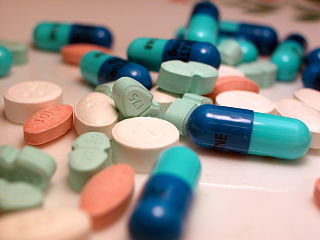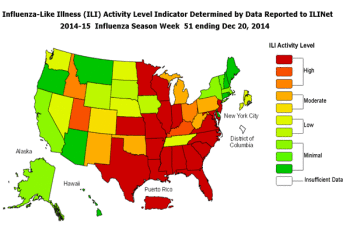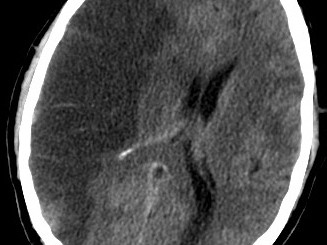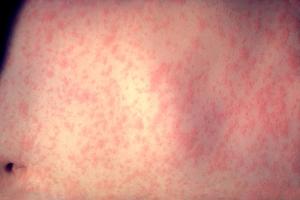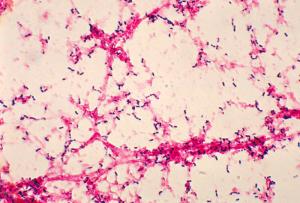
Delivering bad news is part of my job, an important part.
It is fashionable nowadays to speak of the doctor-patient relationship as a partnership. In the sense that both doctor and patient have important roles to play for the patient to get good care, that’s very true. But even in the best of times, it’s a very asymmetric partnership. Even in a run-of-the-mill visit for a sinus infection the patient and the doctor bring very different skills, experiences, and expectations to the encounter.
The more unexpected and unusual the clinical situation is, the greater the asymmetry between doctor and patient. A perfect example is benign positional vertigo, which is common enough that primary care doctors see it all the time, but most patients have never heard about it. The symptoms are scary, but the prognosis is fine. Ninety percent of the time all that is needed is a careful examination and some reassurance. The patient and the doctor come to the encounter with completely opposite attitudes. The patient is terrified by the vertigo and has never heard of anything like this. Is it a stroke? Is it a brain tumor? For the patient, it’s the first time he’s had vertigo. For the doctor, it’s the hundredth case he’s seen. The doctor’s job is just to rule out a couple of rare but serious possibilities and break the good news in a credible but reassuring way.
That’s a picnic compared to delivering catastrophic news. That’s when the ever-present asymmetry between doctor and patient threatens to be a gulf that can not be bridged. The doctor and the patient couldn’t be in more different positions. The doctor has been through this many times before and is not in danger. The patient has never been through this before and has a life-threatening problem. The doctor is thinking of a checklist of tests to consider, specialists to call, treatment options to weigh. The patient is barely processing the bad news.
Much has been written on the art of delivering bad news. There are entire books and classes devoted to the subject. I am certainly a continuing student, not a master, in this field. The key is the understanding that the patient can not bridge the chasm of experience and expectation between him and the doctor; he can’t even meet the doctor half way. He can’t develop the perspective of seeing a dozen patients with the same illness go through treatment. He can’t review the literature about his disease. He will only hear the words “cancer” or “stroke” or “Alzheimer’s” or “ALS” and hear nothing else until the shock wears off. The doctor has to remember that his hundredth time of delivering terrible news is the patient’s first time hearing it.
The surprising thing is the patient’s response. I’ve seen brilliant successful patients retreat behind a fortress of denial, leaving all important decisions to their upset and bewildered family. I’ve seen emotional breakdown, of course. But surprisingly frequently, even when the family expects emotional breakdowns, I’ve seen courage, and calm, and even acceptance.
About ten years ago, a middle-aged man who had been my patient for many years came to see me for some worrisome symptoms. I ordered a test and the following day called him with the results. He had a kind of cancer that usually had a terrible prognosis. A few days later, waiting for a procedure, he said to me “I have no regrets. I love my family. My family loves me. I’ve lived a good life.” He passed away within a month. He was not an old man. He would have been justified in ranting about the decades that were stolen from him. But instead he faced his mortality unflinchingly.
This week I told a sweet older lady that she has a life-threatening illness. Her son held her hand while I rubbed her shoulder. “Might this kill me?” she asked. I told her it might. We’re taking it a day at a time.
The lesson I keep relearning is that delivering bad news is tough. That’s probably a good thing. If it ever gets easy I should retire. The lesson patients keep teaching me is that they’re frequently tougher than anyone expected.
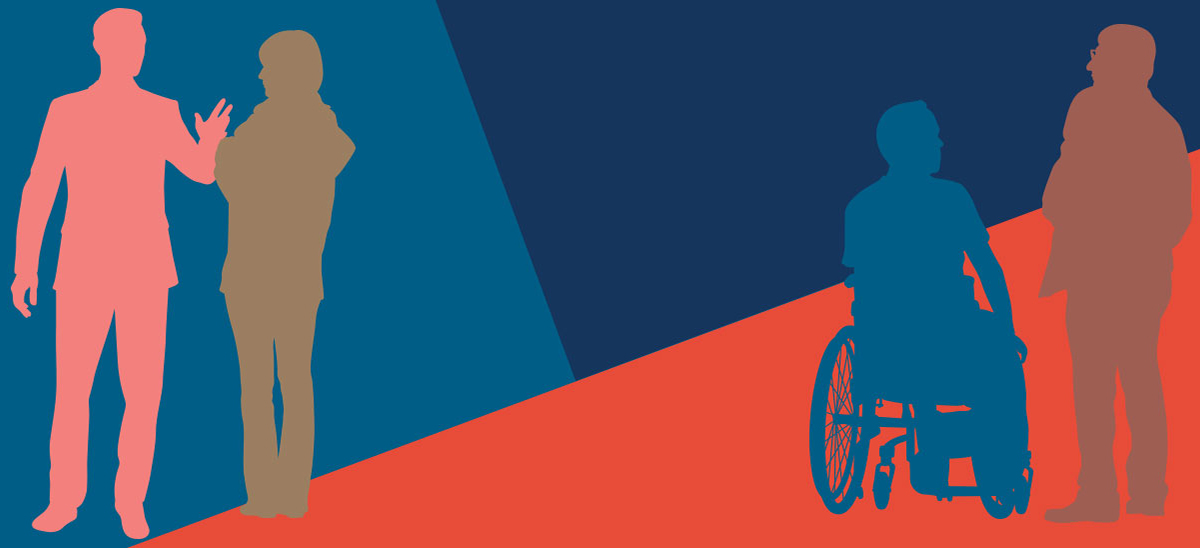



 I have lots of patients who are incredibly fit. I have patients who have run marathons. I have a patient who rides in rodeos. I have patients who have completed Ironman Triathlons. And I have lots of patients for whom exercise has always been a part of their routine, a lifelong habit. Though I hope they still enjoy it, this post isn’t written for them.
I have lots of patients who are incredibly fit. I have patients who have run marathons. I have a patient who rides in rodeos. I have patients who have completed Ironman Triathlons. And I have lots of patients for whom exercise has always been a part of their routine, a lifelong habit. Though I hope they still enjoy it, this post isn’t written for them.